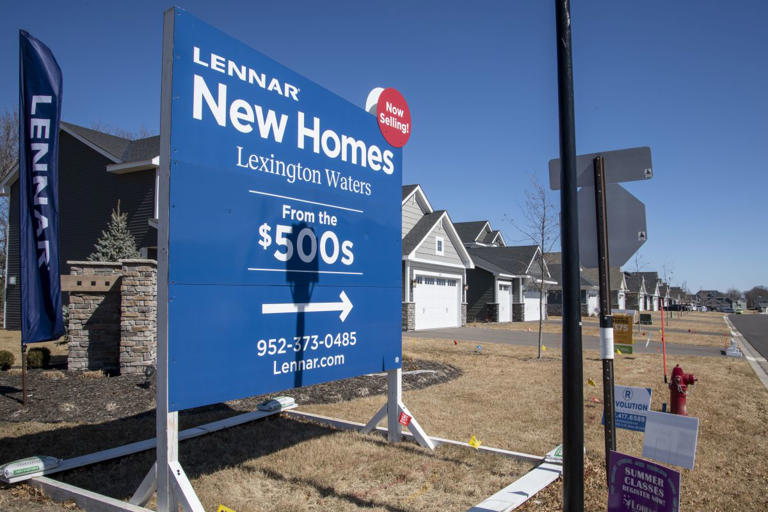The struggle of buying a home has persisted for more than two years and shows no signs of easing anytime soon. One of the primary factors contributing to this challenge, at least in the short term, is the Federal Reserve’s interest-rate policy under Chairman Jerome Powell.
Mortgage rates have been a major concern for prospective homebuyers, remaining above 7% for the past week and mostly staying at or above that level since early February. This contrasts sharply with the low rates seen in the aftermath of the Federal Reserve’s announcement in October 2023 that it would halt rate hikes. At that time, both stock and bond prices rallied, leading to a significant drop in mortgage rates to as low as 6.6% by January.
However, despite the Fed’s decision to pause rate hikes in October, its key interest rate—the federal funds rate—has remained stagnant at 5.25% to 5.5% since July 2023. This lack of movement has resulted in a stagnation of the housing market, as buyers are highly sensitive to even small fluctuations in mortgage rates.
For many buyers, the threshold of 7% mortgage rates seems to be a breaking point, causing them to postpone their home search when rates exceed this level. This trend is evident in the April pending-home sales report from the National Association of Realtors, which showed a significant decline from both March and April 2023.
Prospective buyers face several key financial considerations when contemplating a home purchase, including the price of the home, the required down payment, the mortgage amount, and, crucially, the mortgage rate. These factors interact to determine the overall affordability of buying a home.
Despite historically low rates witnessed in 2020, mortgage rates have surged significantly since then, making homeownership less accessible for many. To mitigate some of these financial challenges, homebuilders such as Lennar and KB Home are offering incentives like buydowns to ease the burden on buyers.
In addition to high mortgage rates, prospective homebuyers also grapple with tight housing supplies and a lack of inventory, particularly in major metropolitan areas. Local development regulations and permitting requirements further exacerbate the housing shortage, contributing to affordability concerns.
As these challenges persist, the central question remains: when will the Federal Reserve feel confident enough in its ability to control inflation to adjust its interest-rate policy? Until then, prospective homebuyers may continue to face obstacles in achieving their dream of homeownership.
